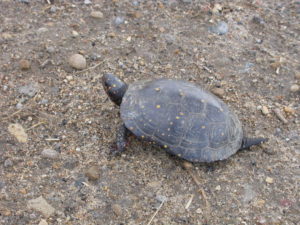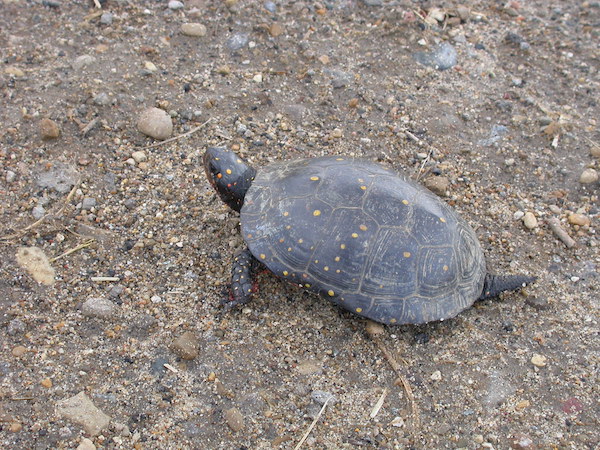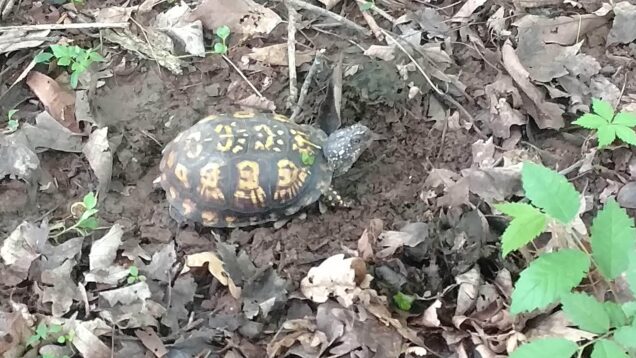Ask anyone and they may tell you hibernation is when an animal “sleeps” through the winter. Although this is a very simplistic definition, the concept is correct.
The word hibernation is from Latin and means “to spend the winter”.
Wildlife uses hibernation to get through the winter by utilizing mechanisms to survive the cold or the lack of food. There are many examples of hibernation, including frogs freezing solid, turtles in mud underwater, chipmunks slowing their heartbeats, bats in caves, and the most famous example: bears in winter dens.
So, what would the opposite of hibernation be? Is there such a thing?




